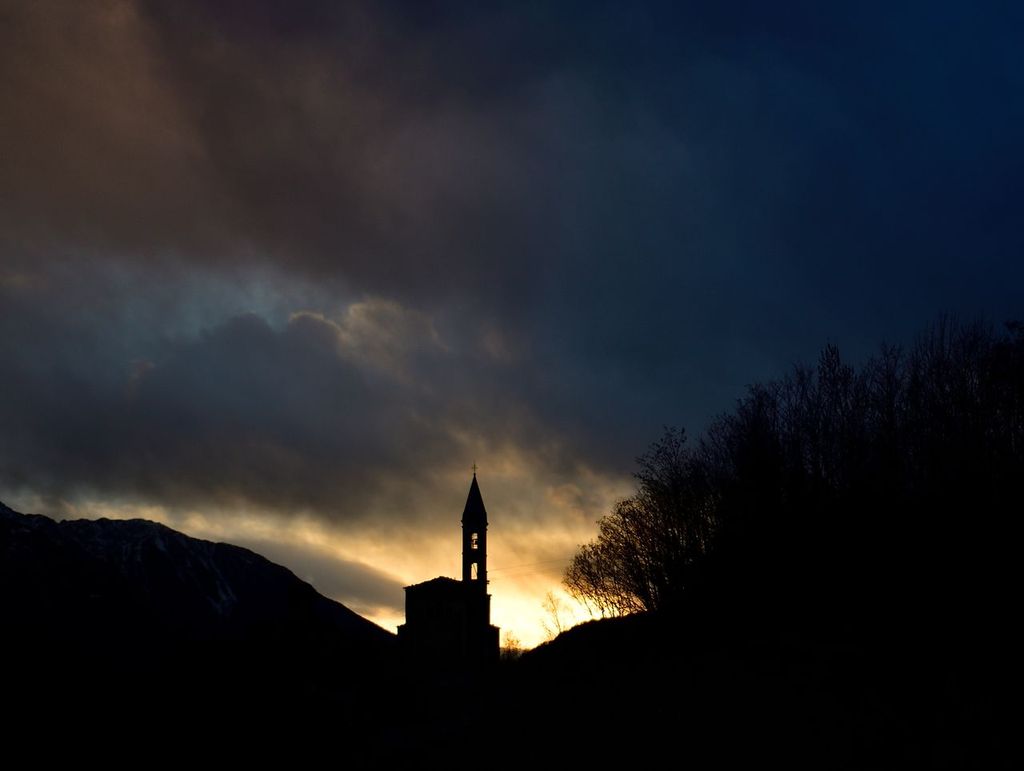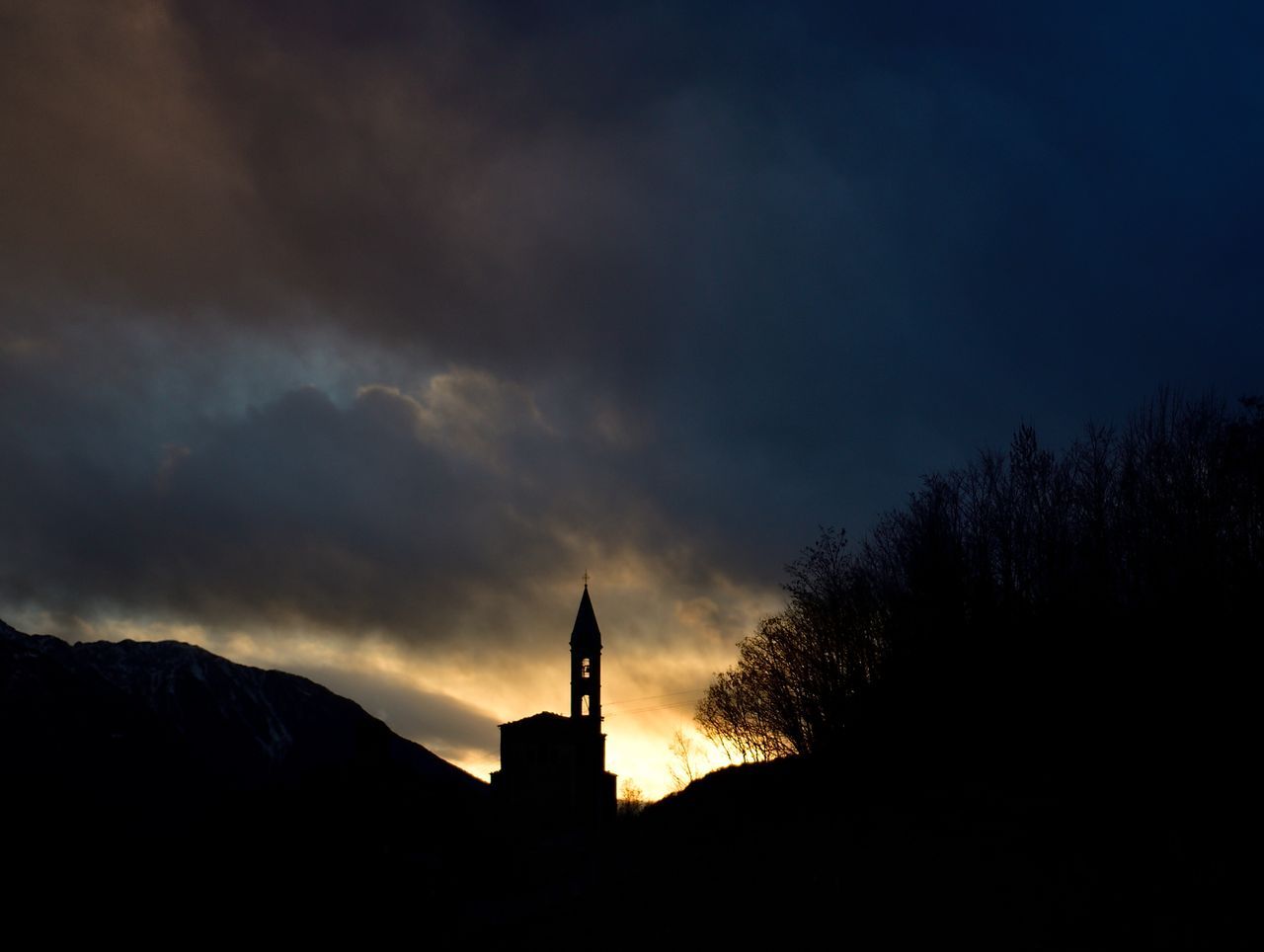
The fear of storms is atavistic; accompanies human beings from their origins. Apart from the risk of being struck by lightning, the damage caused by the hail, which ruined the crops, led to the unfolding of a whole battery of rites and effective methods, but of doubtful efficacy, destined to chase away the storms.
Ringing certain bells from the church towers was one of them, used both to warn the people of the countryside of the danger that was coming, and to ward off said danger. The bells were accompanied by some spellsof which written testimony has remained and is still remembered by the older people of the towns.
When the sky became threatening, with dark clouds, and the storm was suspected, the bells began to ring, different depending on the area, although with the common denominator that they were sad and rhythmic. EThis practice spread throughout much of Europe (the Catholic states) from medieval times until well into the 20th century.
When the peasants who were working the land heard these calls, they left their farming implements and ran to take shelter in their homes, where they they invoked Santa Barbaraapart from carrying out different rituals, designed to ward off the evil spirits that were associated with storms.

The musician and folklore scholar Joaquín Díaz pointed out in 2014 that “(…) the Church gave more importance in the event of a storm to prayers than to the sounds produced to drive it away, no matter how loud and powerful they were. In fact, during the 19th and 20th centuries, two currents were formed: one, which wanted to attribute power over the clouds to the bells or the cannon blast, since it served to disperse them, and another, very strong since the influence of the encyclopedists, that it denied any belief or custom that did not have a scientific basis or that could not be reliably demonstrated.”
Have a cloud. conjure the storms
As we have pointed out, the ringing of the bell (tocar a nublo) was accompanied by an incantation (tente nublo), by the parish priest, who through the use of rhyme was intoned simultaneously to the chimes from a kind of small temple. square, with each of its facades open to each cardinal point. This small stone construction is known as conjuradero, esconjuradero/a and also comunidor (this last denomination only in the Catalan Pyrenees). There were different versions of the tente nublo, depending on the region. The most common beginning read like this: “Tente cloud, / Tente you, / that God can more than you.”

The “tente tú” was expressed in some places in Spain as “tente nu”, changing the accented personal pronoun of the second person singular for the first syllable of “nube”. The stanza was completed with different versions. One of them said the following: “Have a cloud, / have a stick, / that God can / more than the devil.” Another implored a kind of restraining order from the storm if it brought hail (“If the rain brings / come here, / if stone / go there”). The well-remembered historian Carmen Gozalo de Andrés published the following version in one of her articles: “If you are water, they go here, / if you are stone, go there, / seven leagues from my town / and many others beyond.”
Returning to the bell tolls, these were not only done when the storm was imminent. It was quite common to touch nublo preventively during the months when storm activity was prominent (“From Santa Cruz in May to Santa Cruz in September, the bells are rung until they break”). Any summer day, the ringing of the bells routinely sounded for the reason given.
If one day the storm happened to break out, even though the bell had already sounded, he would do it again, now to warn of imminent danger and try to get it to move away. Sometimes the cloud touches were not applied exclusively to ward off storms, but other dangers to agricultural activity such as frostor the inhabitants of the town, as a strong storm of wind.
2023-05-14 13:03:02
#Drive #storms #chimes


